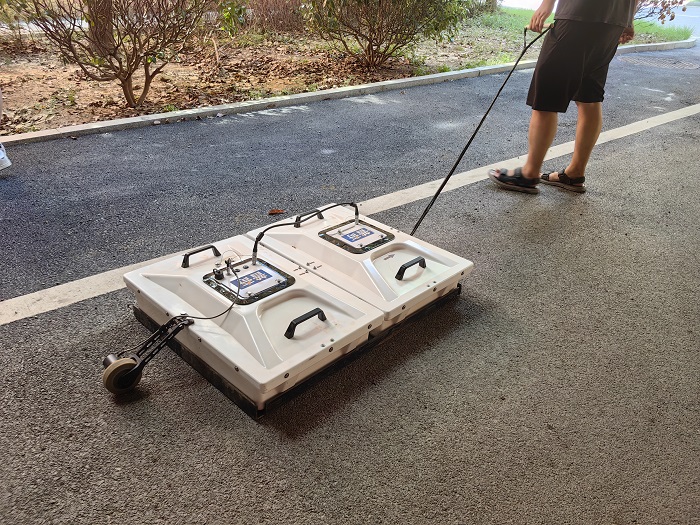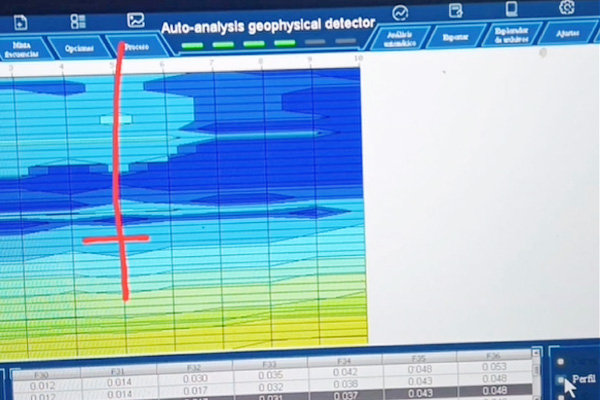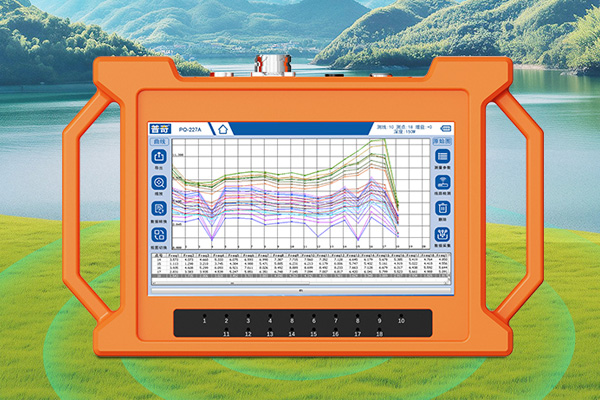The price of ground-penetrating radar varies depending on a number of factors, including brand, technical specifications, depth of detection, and whether software and services are included. When writing about the price of ground-penetrating radar, we can look at the following aspects:

Price Components of Ground Penetrating Radar
Ground Penetrating Radar (GPR) is a non-destructive detection tool used for subsurface exploration, which helps users to identify the location of underground structures and objects. Due to its complex technical characteristics and wide range of uses, the price of ground-penetrating radar can vary greatly.
1. Basic equipment cost: The basic components of a ground-penetrating radar system typically include a transmitter, receiver, antenna, data acquisition unit and processing software. The quality and technical sophistication of these components directly affects the performance of the entire system, and thus the price.
2. Detection capability: different ground-penetrating radars have different detection depths and resolutions. Generally speaking, the deeper the detection and the higher the resolution of the equipment, the higher the price. Low-frequency antennas for archaeology can reach a deeper detection range, but the corresponding host and accessories will be more expensive.
3. Additional features and services: Some high-end models may offer additional data analysis software, training support or after-sales service, all of which add to the overall cost. For professional users, such investments are often worthwhile, as they can improve efficiency and ensure more accurate results.
4. Brands and sources: There are internationally recognized brands and local manufacturers in the market. Imported brands tend to use advanced technology and have a good reputation for their equipment, and are therefore sold at relatively high prices; while domestic ground-penetrating radars, although more affordable, can also provide good performance in certain specific areas.
5. Customized demand: according to the user's special needs, manufacturers may provide customized solutions, such as antenna configuration for specific frequencies or software optimized for specific application scenarios. Such personalized services naturally lead to higher costs.
Factors affecting the purchasing decision
- Purpose of application: Defining your specific application scenario is the key to choosing the right ground-penetrating radar. Different industries (e.g. geological surveys, road maintenance, archaeological research, etc.) have different requirements for the equipment.
- Budget constraints: Determine the amount of money that can be used for this project and filter the products that meet the requirements accordingly. Also consider factors such as maintenance costs in long-term operation.
- Technical support and service: Understand the after-sales support provided by the supplier, including warranty policy, fault repair time, etc., which is crucial to ensure the normal operation of the equipment.
- Market research: Compare the offers and services provided by different suppliers, and obtain the best cost-effective choice through multiple inquiries.
Conclusion
To summarize, the price of ground-penetrating radar is the result of a comprehensive consideration of many factors. Consumers should fully consider their own needs, budgets and possible future challenges during the purchase process to make the most informed investment decision. As technology advances and market competition intensifies, it is believed that more cost-effective options will emerge in the future, bringing greater convenience and development opportunities to various industries.








